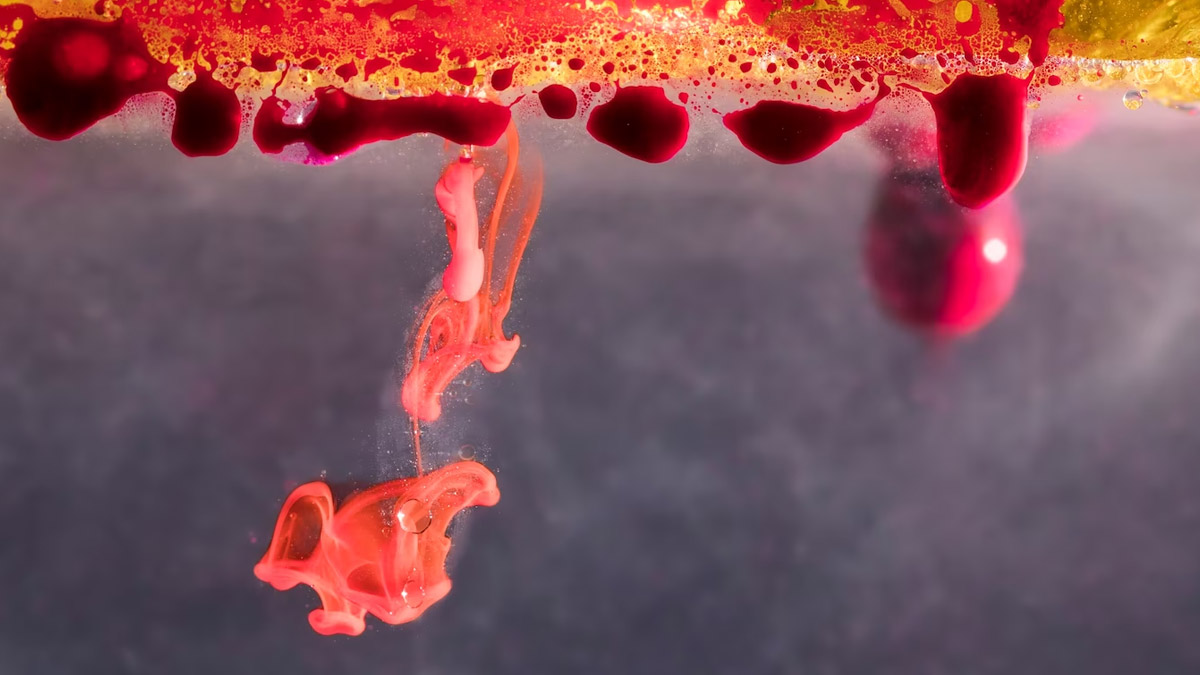
Sickle cell anaemia is a hereditary blood disorder that affects the production of haemoglobin, the protein in red blood cells that carries oxygen throughout the body. This disorder causes red blood cells to take on a sickle or crescent shape, which makes them less flexible and more likely to get stuck in small blood vessels. This can lead to a range of symptoms and complications, including pain, infections, and organ damage. In this article, we'll take a closer look at the symptoms, causes, and treatment of sickle cell anaemia.
Table of Content:-
Symptoms of Sickle Cell Anaemia
The symptoms of sickle cell anaemia can vary from person to person, and some people may have no symptoms at all. However, the most common symptoms of sickle cell anaemia include:
1. Pain
People with sickle cell anaemia may experience chronic or acute pain, often in the bones, chest, or abdomen. This pain can be severe and is often described as a sharp, stabbing sensation.
2. Fatigue
Sickle cell anaemia can cause fatigue and weakness, as the body's organs and tissues may not receive enough oxygen.
3. Jaundice
Jaundice is a yellowing of the skin and eyes that can occur when red blood cells break down more quickly than the body can replace them.
4. Swelling
Swelling of the hands and feet can occur in people with sickle cell anaemia, as blood flow to these areas can be restricted.
Also read: 7 Signs Of Poor Vaginal Health
5. Infections
People with sickle cell anaemia are more susceptible to infections, as their immune system may not function as effectively as it should.

6. Vision problems
Sickle cell anaemia can cause damage to the retina, which can lead to vision problems.
7. Delayed growth
Children with sickle cell anaemia may experience delayed growth and development, as the condition can affect the body's ability to absorb nutrients.
Causes of Sickle Cell Anaemia
Sickle cell anaemia is caused by a mutation in the gene that produces haemoglobin. This mutation causes red blood cells to take on a sickle or crescent shape, which can cause them to become stuck in small blood vessels. Sickle cell anaemia is an inherited disorder, which means it's passed down from parents to their children.
To inherit sickle cell anaemia, a child must receive a sickle cell gene from both parents. If a child inherits only one sickle cell gene, they will not have sickle cell anaemia, but they may be carriers of the gene.
Also read: 7 Signs Of Poor Vaginal Health
Treatment of Sickle Cell Anaemia
There is currently no cure for sickle cell anaemia, but treatment can help manage symptoms and prevent complications. Some of the most common treatments for sickle cell anaemia include:
1. Pain management
Pain is one of the most common symptoms of sickle cell anaemia, and there are a range of treatments that can help manage it. These may include over-the-counter pain medications, prescription pain medications, and other treatments such as heat therapy and massage.

2. Blood transfusions
Blood transfusions can help increase the number of healthy red blood cells in the body, which can improve symptoms and prevent complications.
3. Hydroxyurea
Hydroxyurea is a medication that can help increase the production of foetal haemoglobin, which can reduce the severity of symptoms in people with sickle cell anaemia.
4. Bone marrow transplant
In some cases, a bone marrow transplant may be recommended for people with sickle cell anaemia. This procedure involves replacing the person's bone marrow with healthy bone marrow from a donor.
5. Antibiotics
People with sickle cell anaemia are more susceptible to infections, so antibiotics may be prescribed to prevent or treat infections.
How we keep this article up to date:
We work with experts and keep a close eye on the latest in health and wellness. Whenever there is a new research or helpful information, we update our articles with accurate and useful advice.
Current Version